Tanzania's Treasure: Witnessing the Awe of Mount Kilimanjaro
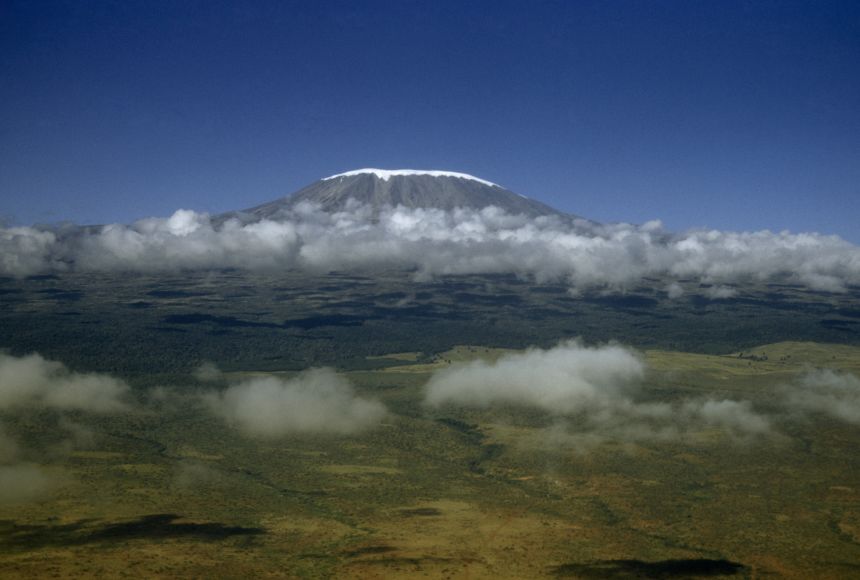
Introduction
Overview of Mount Kilimanjaro
You stand at the foot of Mount Kilimanjaro, a behemoth that stirs your adventurous spirit. With each step up its majestic slopes, a surge of excitement and accomplishment washes over you. The lush rainforests at the base give way to sprawling savannahs below, while the snow-capped summit looms above. This diverse and awe-inspiring ecosystem will leave you in reverence of nature's wonders.
Interesting facts about Mount Kilimanjaro
Let's delve into some fascinating facts about Mount Kilimanjaro that will make your journey even more intriguing. Did you know that Kilimanjaro is the highest peak in Africa and the tallest freestanding mountain in the world? This colossal dormant volcano not only offers breathtaking views but also a unique ecosystem that transitions from equatorial to arctic conditions as you climb higher.
Comparison of Machame and Marangu Routes
| Aspect | Machame Route | Marangu Route |
|---|---|---|
| Scenery | Breathtaking vistas along the route | Beautiful landscapes en route |
| Difficulty | Challenging terrain with steep sections | Gentler slopes make for an easier trek |
| Accommodation | Camping in tents during the trek | Sleeping huts available along the way |
| Success Rate | Higher summit success rate due to longer duration | Lower summit success rate due to quicker ascent |

Location and Geographical Features
Geographical location of Mount Kilimanjaro
When you set foot on Mount Kilimanjaro, situated in Tanzania, East Africa, you are enveloped by a sense of magnificence as you gaze upon its towering peak reaching towards the sky. This iconic mountain stands as the highest in Africa, commanding respect and admiration from all who seek to conquer its summit.
Climate and ecosystems on Mount Kilimanjaro
Embarking on your journey up Mount Kilimanjaro, you will witness a remarkable transition of ecosystems, from the lush rainforests teeming with life at the base to the arctic conditions of the summit. The diverse climate zones you traverse present a unique and awe-inspiring experience, offering a glimpse into the resilience and beauty of nature.
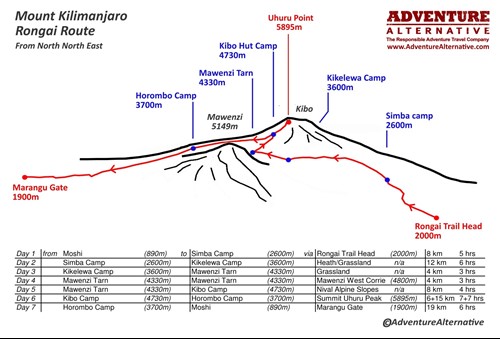
Routes to the Summit
Popular routes to climb Mount Kilimanjaro
As you plan your ascent of Mount Kilimanjaro, several popular routes await you, each offering a unique perspective and experience. The Marangu Route stands out as one of the most frequented paths, known for its gradual slopes and hut accommodations, providing a comfortable journey to the summit.
Alternatively, the Lemosho Route appeals to those seeking a more pristine and less crowded trail, offering diverse scenery and ample time for acclimatization.
Challenges and difficulty levels of each route
Each route presents its own set of challenges, so you will be tested both mentally and physically on your Mount Kilimanjaro expedition. The Machame Route may be strenuous with steep inclines, but the breathtaking views and sense of accomplishment make it a popular choice for adventurers.
In contrast, the Rongai Route offers a more gradual ascent from the north, providing a different perspective of the mountain and a chance to witness its beauty from a lesser-known vantage point.
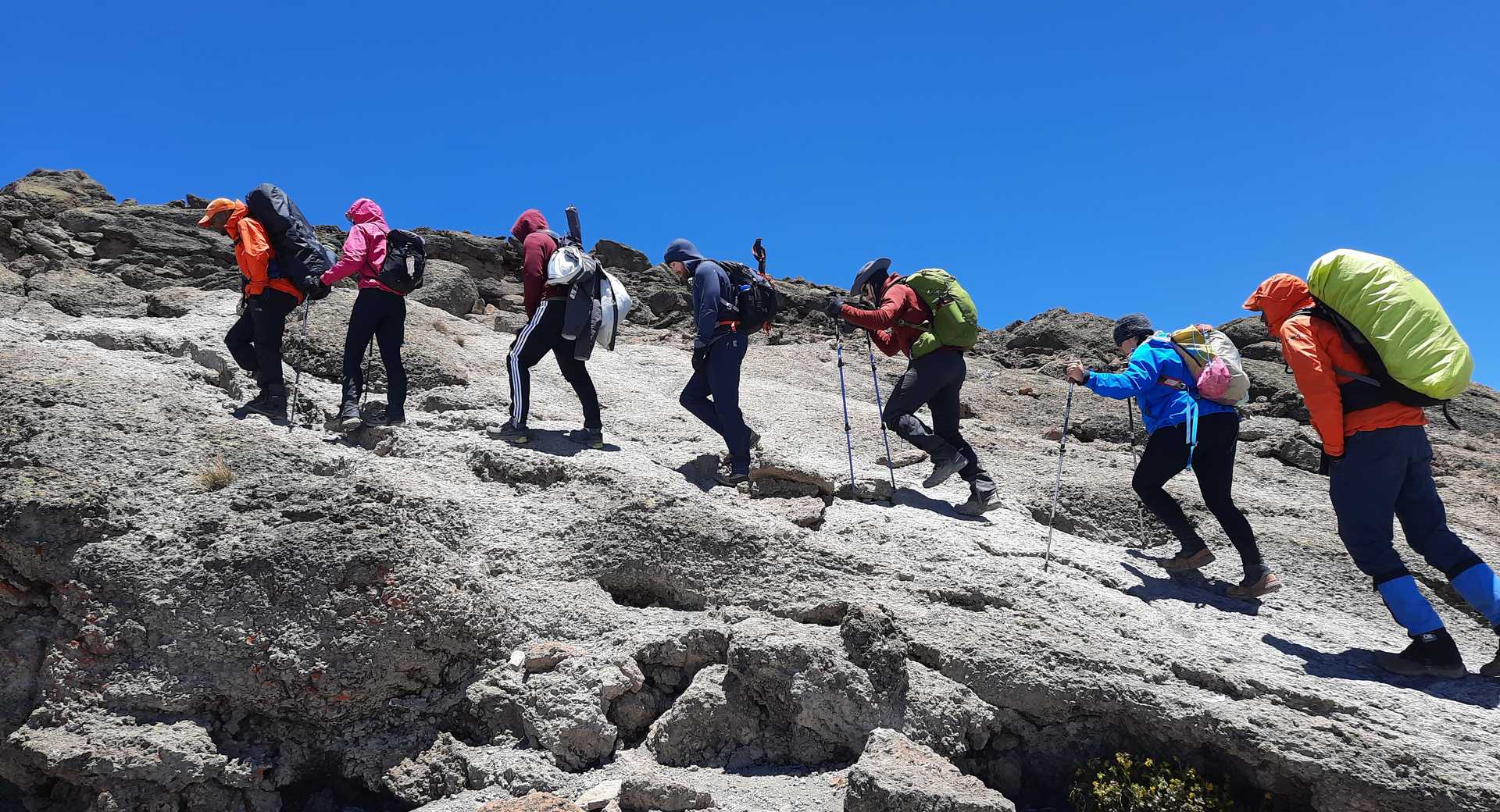
Best Time to Climb
Optimal seasons for climbing Mount Kilimanjaro
As you embark on your journey to conquer Mount Kilimanjaro, it's essential to consider the optimal climbing seasons to enhance your chances of a successful summit. The months of January to March and June to October are widely regarded as the best periods for tackling the challenge, as the weather is relatively dry and stable, offering clear views and manageable conditions for your ascent.
Weather conditions and considerations for choosing the best time
When selecting the ideal time to climb Mount Kilimanjaro, keep in mind the weather conditions prevalent during different seasons. The dry seasons provide lower precipitation rates and clearer skies, reducing the risk of encountering adverse weather that could impede your progress.
By avoiding the rainy months of April, May, and November, you can optimize your chances of a successful and enjoyable climb to the summit.
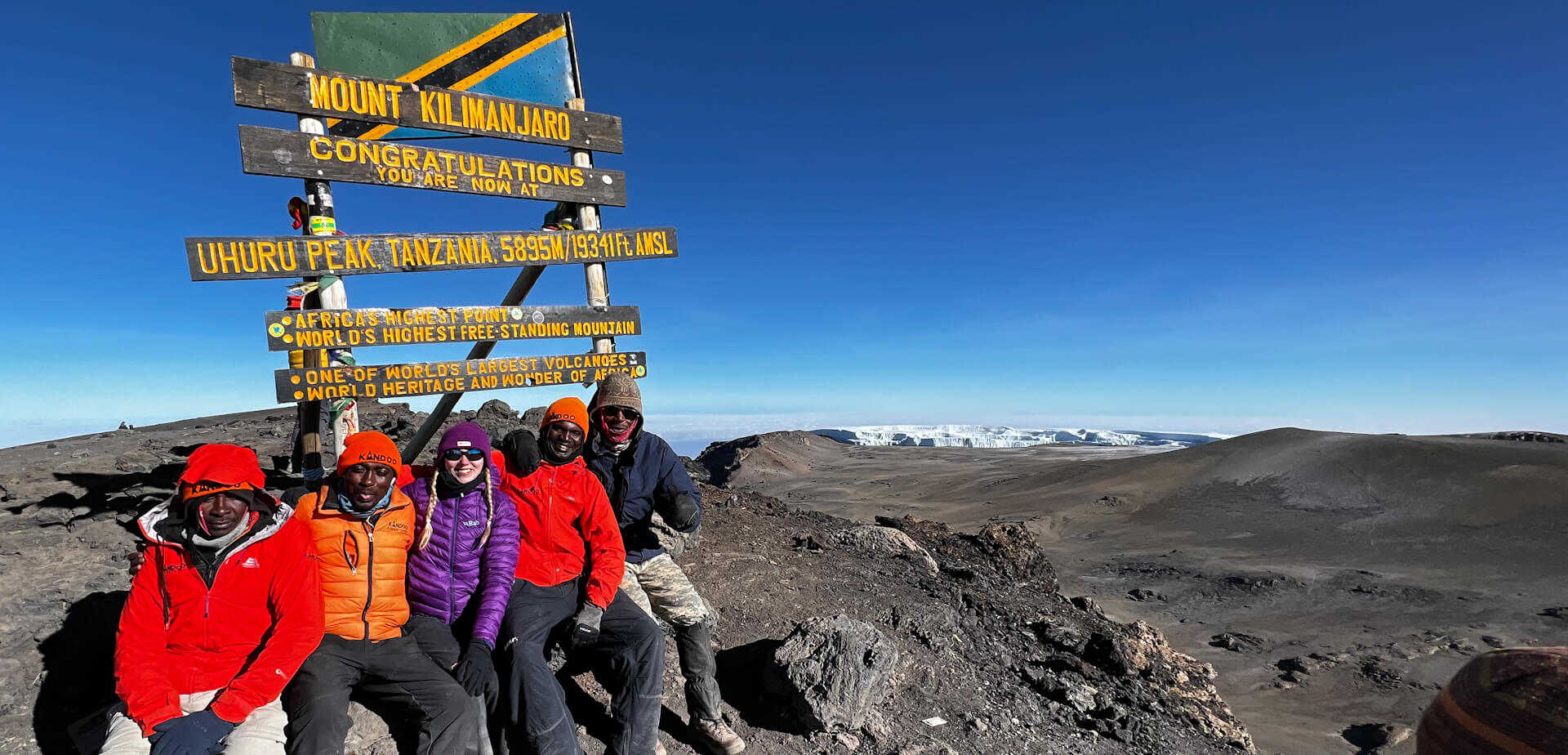
Preparing for the Climb
Physical fitness requirements for climbing Mount Kilimanjaro
As you gear up for your adventure up Mount Kilimanjaro, ensuring that you are in optimal physical condition is crucial for a successful ascent. The trek to the summit involves strenuous uphill climbs, varying altitudes, and long daily walking hours.
Prioritizing regular cardiovascular and strength training exercises in your preparation will enhance your stamina and endurance, significantly improving your chances of reaching Uhuru Peak.
Packing list and essential gear for the climb
When packing for your expedition to Mount Kilimanjaro, it's essential to be well-prepared with the necessary gear to ensure a safe and comfortable journey. Key items to pack include sturdy hiking boots with excellent ankle support, moisture-wicking clothing to regulate body temperature, a reliable sleeping bag rated for cold temperatures, sunscreen, and sunglasses to protect against the strong equatorial sun.
Additionally, staying hydrated with a quality water bottle and carrying high-energy snacks will help sustain your energy levels throughout the climb.
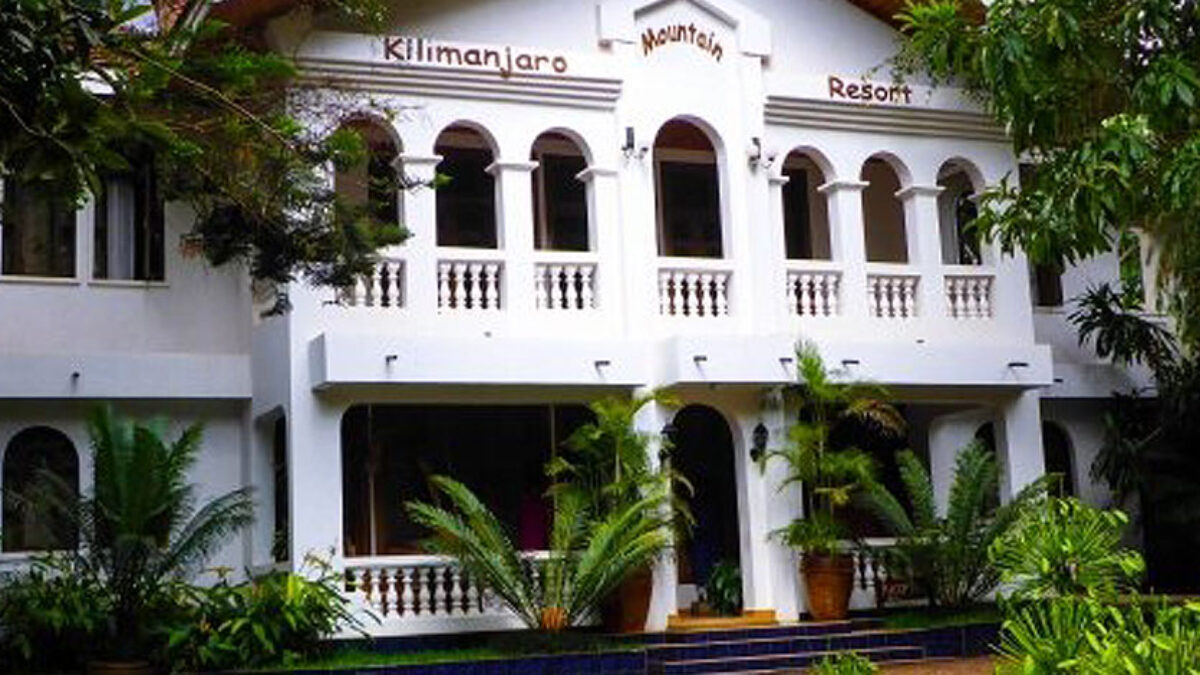
Accommodation Options
Accommodation choices on Mount Kilimanjaro
As you plan your journey to conquer Mount Kilimanjaro, exploring the various accommodation options available can enhance your overall experience. From the bustling campsites to the serene hut accommodations, each choice offers a unique perspective of the mountain's breathtaking landscapes. Selecting the right accommodation that aligns with your preferences and comfort level can elevate your adventure.
Camping vs. hut accommodations
When deciding between camping under the starlit African sky or resting in the cosiness of a mountain hut, consider the factors that matter most to you. Camping allows for a closer connection to nature, sleeping amidst the sounds of the wilderness.
On the other hand, hut accommodations provide a sheltered retreat from the elements, offering a comfortable respite after a challenging day of trekking. Whichever option you choose, embracing the experience with a positive mindset will undoubtedly enrich your journey up Mount Kilimanjaro.

Safety and Health Tips
Altitude sickness prevention and management
As you embark on your thrilling journey to conquer Mount Kilimanjaro, prioritizing your safety and well-being is crucial. Stay well-hydrated and pace yourself as you ascend the mountain to prevent altitude sickness. Listen to your body and promptly communicate any altitude sickness symptoms to your guide. Acclimatization days are built into the itinerary to help your body adjust gradually to the increasing altitude, reducing the risk of altitude-related illnesses.
Remember, your health comes first, so heed the guidance of your experienced guides and take the necessary precautions to ensure a safe and enjoyable climb.
Safety precautions and emergency procedures
When it comes to your safety on Mount Kilimanjaro, preparation is key. Ensure you have the appropriate gear, including sturdy hiking boots, warm clothing layers, and essential first aid supplies. Familiarize yourself with emergency procedures and evacuation routes in case of unforeseen circumstances. Your guides are trained in wilderness first aid and are equipped to handle emergencies efficiently. Stay vigilant, follow their instructions, and trust in their expertise to keep you safe throughout your expedition. Embrace each step of your climb with optimism and a proactive attitude towards ensuring your safety and well-being.
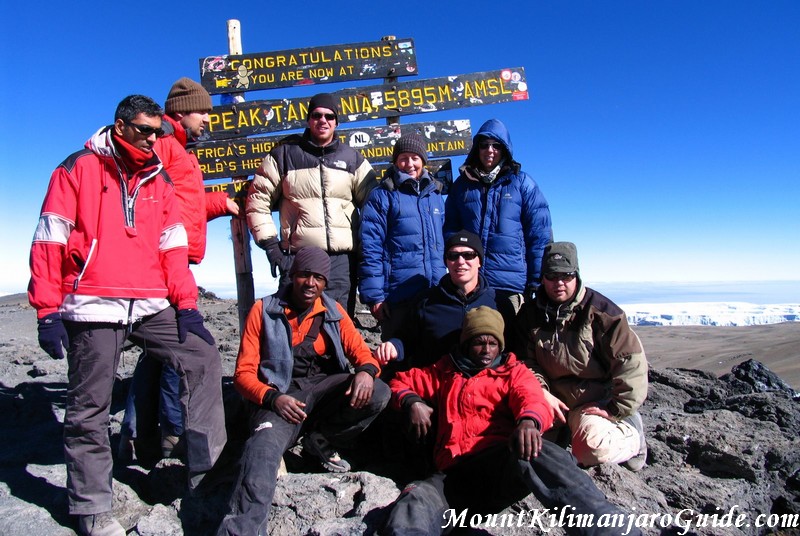
Summit Experience
Reaching the summit of Mount Kilimanjaro
As you ascend towards the summit of Mount Kilimanjaro, remember to stay focused on your goal and maintain a positive mindset. The final push to Uhuru Peak may be physically demanding, but trust in your training and the guidance of your experienced guides. Take each step with determination, knowing that the breathtaking views and sense of accomplishment at the summit await you. Embrace the challenges with a resilient spirit, and savour every moment of your journey towards the rooftop of Africa.
Awe-inspiring views and memorable experiences
Once you reach the summit of Mount Kilimanjaro, immerse yourself in the awe-inspiring views of the surrounding landscape and the vast expanse of the African continent stretching below you. The sense of achievement and wonder will be overwhelming as you realize the magnitude of your accomplishment. Capture these memorable moments in your heart and mind, knowing this experience will stay with you forever. Cherish the bonds formed with your fellow climbers and guides, and reflect on the strength and resilience you discovered within yourself during this remarkable journey.
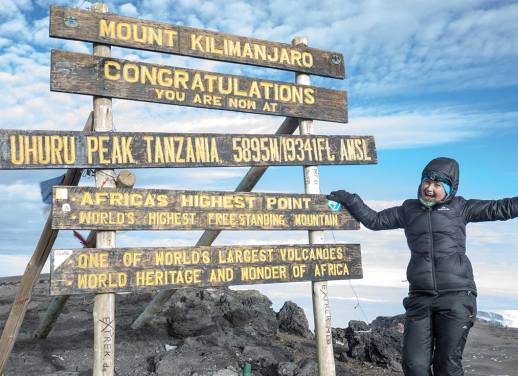
Conclusion
Tips for a successful Mount Kilimanjaro climb
- Training: Prioritize physical fitness and endurance training for a smoother climb.
- Acclimatization: Allow ample time for your body to acclimatize to the altitude.
- Stay Hydrated: Drink plenty of water to combat altitude sickness.
- Follow Guides: Listen to your experienced guides for a safe ascent.5. Positive Mindset: Maintain a positive attitude to overcome challenges effectively.
Frequently Asked Questions about climbing Mount Kilimanjaro
| Question | Answer |
|---|---|
| How long does it take to climb Kilimanjaro? | The average climb duration is around 7-9 days. |
| What is the best time of year to climb Kilimanjaro? | January to March and June to October are popular climbing seasons. |
| Is climbing Kilimanjaro dangerous? | While challenging, with proper preparation and guidance, it can be done safely. |
